Top China Forwarder offers premium shipping services from China to Finland, with tailored solutions covering both sea and air freight. We ensure your cargo is delivered promptly and securely, supported by a professional team that manages every step of the process.
By leveraging our extensive network and industry expertise, we provide seamless logistics designed around your unique requirements. Trust Top China Forwarder as your reliable partner in international shipping and experience efficient, hassle-free delivery to Finland.
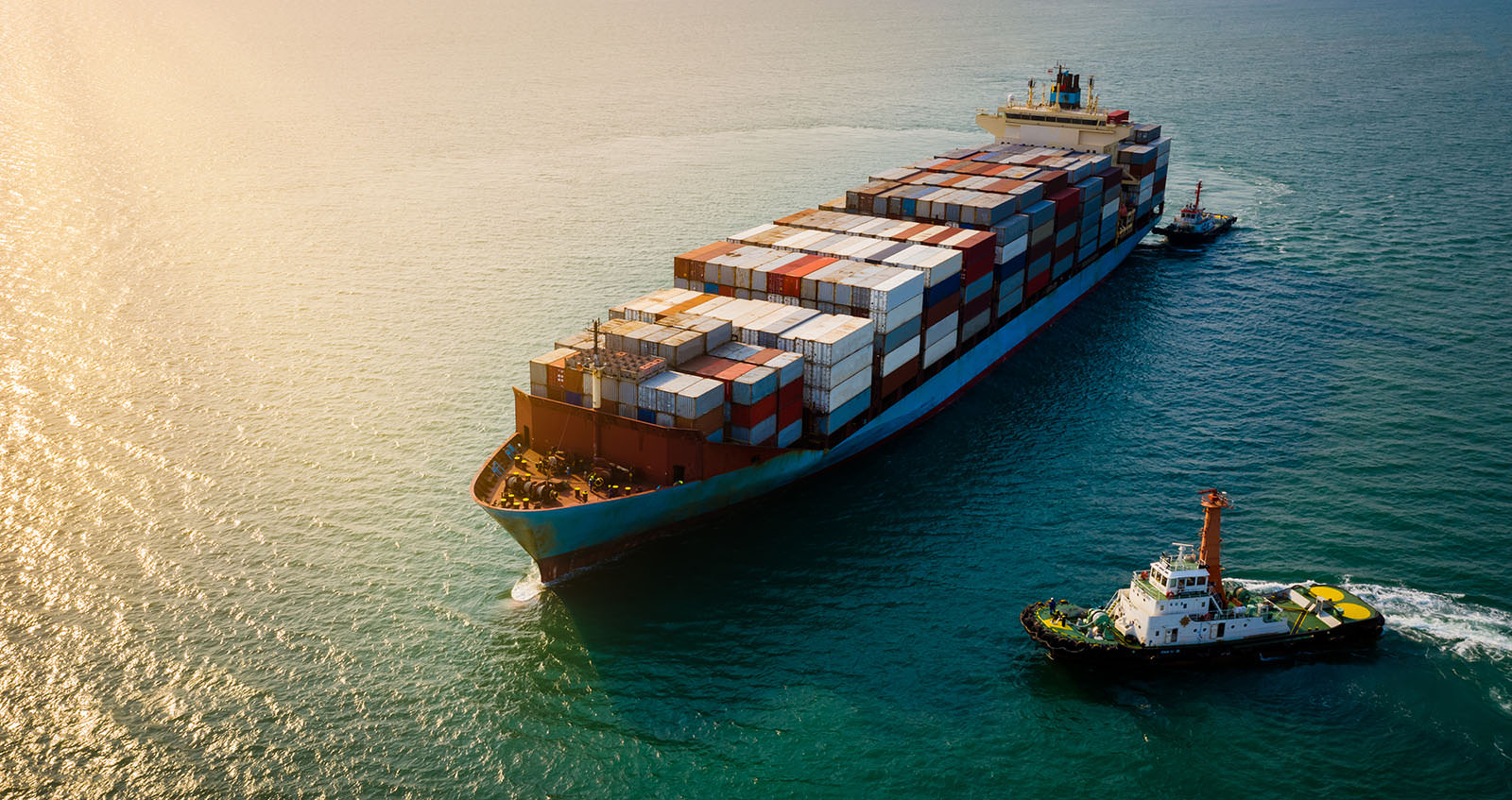
Top China Forwarder ensures dependable sea freight services from China to Finland, offering tailored solutions for efficient and cost-effective transportation of your cargo.
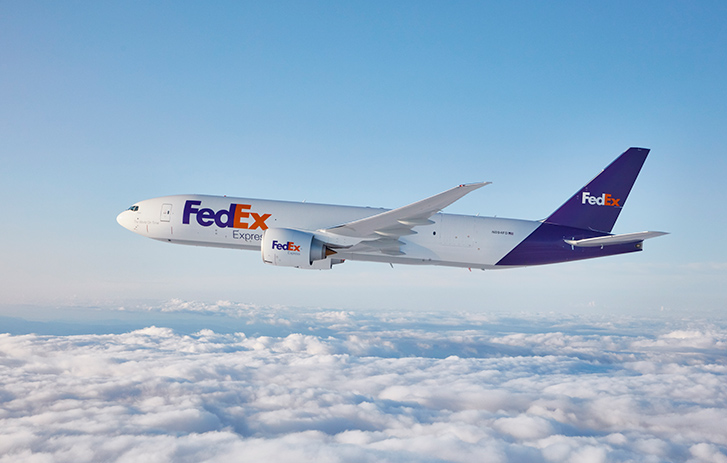
Opt for Top China Forwarder's swift air freight services from China to Finland, ensuring efficient and reliable delivery of your cargo.

Experience efficient rail freight services from China to Finland with Top China Forwarder, providing reliable and cost-effective transportation solutions tailored to your cargo needs.
Top China Forwarder provides premium FCL (Full Container Load) shipping services from China to Finland. With our experienced team and extensive network, we guarantee efficient and reliable cargo transportation tailored to your needs.
Our solutions focus on timely delivery and cost-effectiveness while ensuring full security and transparency through advanced technology. Trust Top China Forwarder for seamless FCL shipping to Finland—delivering excellence, value, and peace of mind for all your logistics requirements.
Top China Forwarder specializes in LCL (Less than Container Load) shipping from China to Finland, offering flexible and cost-effective solutions for cargo of all sizes. Our careful consolidation process ensures efficient handling and smooth transportation, helping you save on shipping costs without compromising reliability.
With an extensive network and proven expertise, we guarantee secure transit and on-time delivery. Trust Top China Forwarder for dependable LCL shipping services to Finland—delivering your goods with precision, care, and full support for seamless international trade.

Top China Forwarder offers the most fuel-efficient pickup service across China.
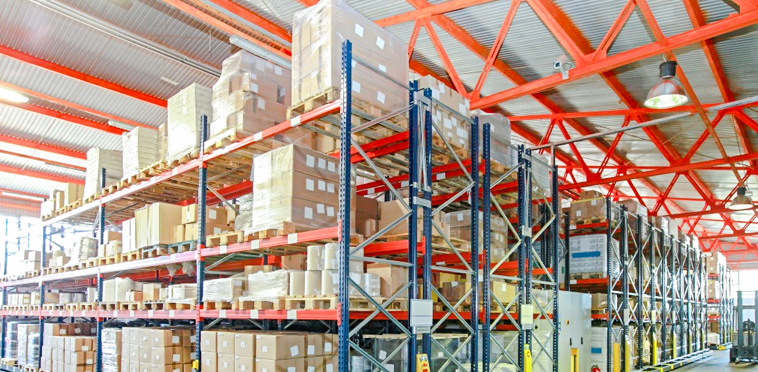
We provide free warehousing services, ensuring secure storage for your goods.
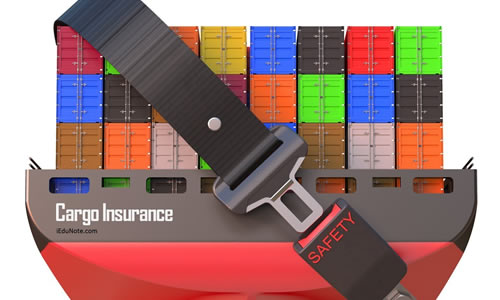
Our cargo insurance protects your goods all the way to any FBA Warehouse, providing peace of mind.
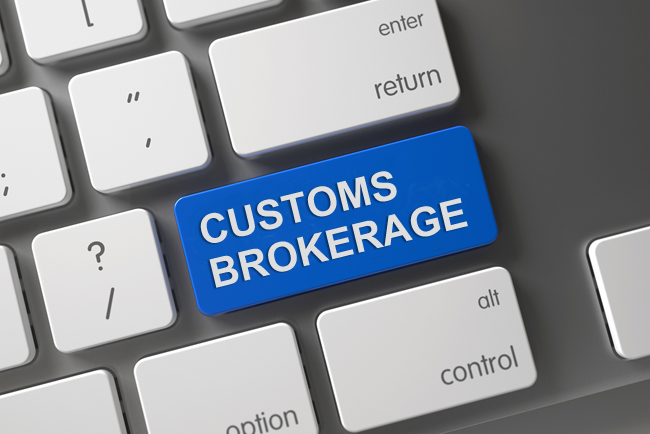
We handle all paperwork and details for smooth customs clearance.
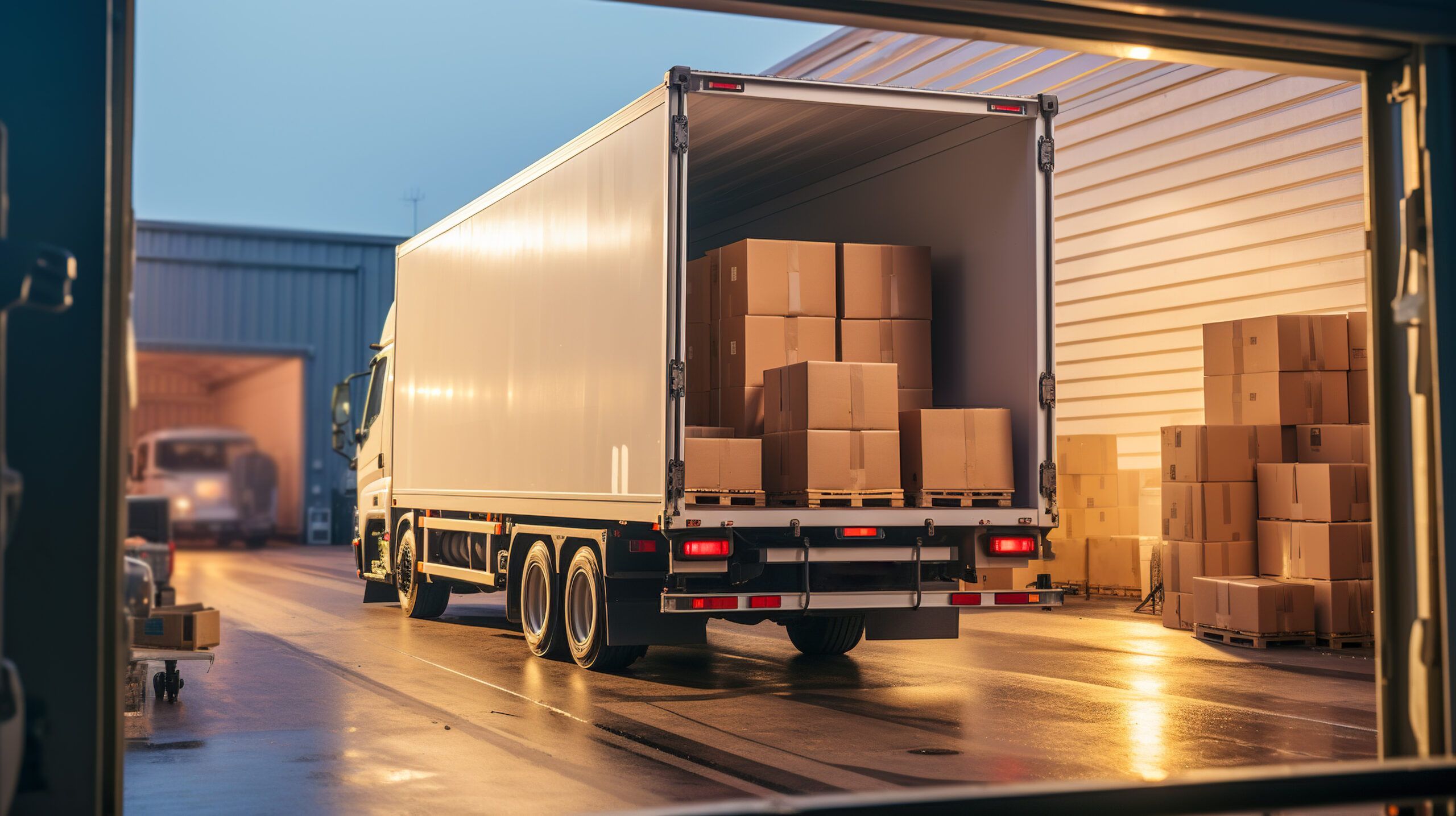
We ensure safe packaging and loading of goods at your suppliers' factories, guaranteeing secure transport.
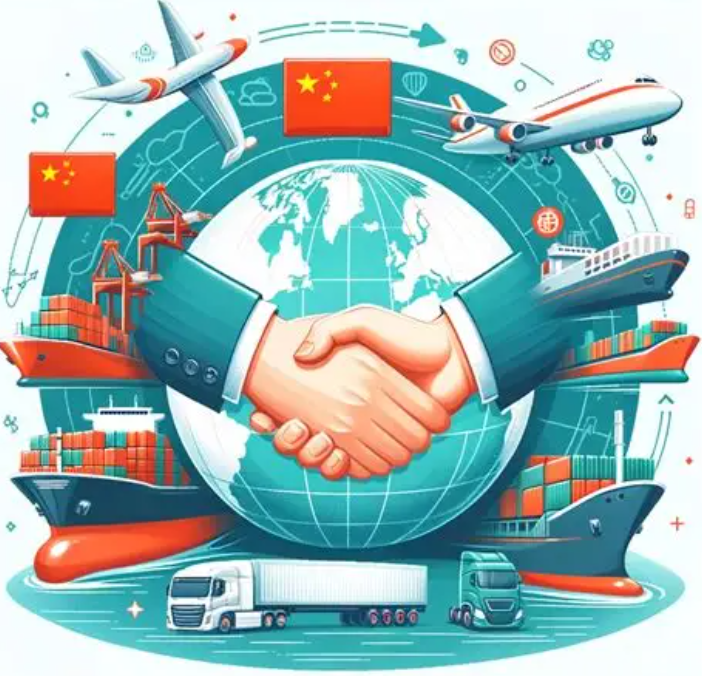
Shipping times from China to Finland vary by transport mode and logistics factors.
Air freight is the fastest option, typically taking 2–7 days depending on flight schedules and customs clearance. Sea freight is more economical for large volumes but slower, usually 20–40 days depending on ports and routing. Rail freight via the Trans-Siberian route offers a balance, averaging 10–20 days—faster than sea and cheaper than air.
For shipments requiring flexibility, multimodal transport (air + road or sea + rail) can optimize cost and speed. Actual transit times may shift due to schedules, customs, weather, or peak seasons, so working with an experienced freight forwarder is key to accurate planning and reliable delivery.
The cost of shipping from China to Finland depends on factors such as transport mode, shipment size, weight, distance, and additional services.
Air freight is the fastest but most expensive, with charges based on weight or volume plus fuel and handling fees. Sea freight is more economical for large volumes, with costs influenced by container type, route, port fees, and insurance. Rail freight offers a middle ground—cheaper than air and faster than sea—priced by distance, route, and services like door-to-door delivery or customs clearance.
Import duties, taxes, and clearance fees also affect the total cost, varying by cargo type, value, and trade agreements. For accurate estimates, it’s best to compare quotes from multiple freight forwarders, considering not just price but also speed, reliability, and service quality.
Shipping from China to Finland involves several key steps. First, select the right shipping method—air, sea, rail, or multimodal—based on cost, urgency, and cargo type. Next, choose a reliable freight forwarder with experience in China–Finland logistics to secure competitive rates and efficient services.
Prepare your shipment with proper packaging, labeling, and documentation. Coordinate transport details such as weight, size, and addresses with your forwarder. For customs clearance, ensure all required paperwork—commercial invoice, packing list, bill of lading, and certificates—is complete.
Track your shipment throughout transit and arrange smooth delivery upon arrival in Finland. Finally, handle import duties, taxes, and fees with the support of your freight forwarder or customs broker to ensure compliance and timely clearance. By following these steps, you’ll achieve a reliable and efficient shipping process.
Arranging air freight from China to Finland involves several key steps. First, define your shipping needs, including cargo type, weight, size, and any special requirements such as temperature control or hazardous goods handling. Next, research reputable freight forwarders or air carriers with proven experience on this route and request multiple quotes.
Compare rates, services, and transit times before confirming your booking. Prepare accurate documentation such as the commercial invoice, packing list, and air waybill (AWB). Once shipped, track your cargo through tools provided by your forwarder to stay updated on transit status. On arrival, work with your forwarder or customs broker to clear customs quickly and handle duties or taxes. Finally, arrange local delivery to ensure timely receipt in Finland.
By following these steps with an experienced logistics partner, you can secure fast, reliable, and hassle-free air freight services.
Arranging sea shipping from China to Finland requires careful planning. Start by defining your shipping needs, including volume, weight, and any special handling requirements. Next, choose a reliable freight forwarder or shipping line with proven experience on this route, then request and compare freight quotes based on services, container types, schedules, and costs.
Once confirmed, book your shipment and prepare accurate documentation such as the bill of lading, commercial invoice, and packing list. Track your cargo through updates from your forwarder and prepare for customs clearance in Finland, ensuring duties and taxes are handled promptly. Finally, arrange pickup or delivery from the port to the final destination.
By partnering with an experienced freight forwarder, you can ensure safe, efficient, and cost-effective sea shipping from China to Finland.
Air shipping from China to Finland is ideal when speed and reliability are critical. It ensures the fastest transit times, making it the best choice for urgent deliveries, high-value or perishable goods like electronics, pharmaceuticals, and fresh produce. It also supports just-in-time inventory systems, helping businesses quickly replenish stock and minimize lead times.
This method is cost-effective for small or lightweight shipments, especially during seasonal demand or peak sales periods when quick restocking is essential. Air shipping is also suited for time-sensitive or emergency shipments, ensuring goods arrive within strict deadlines. While costs are higher than sea or rail freight, the benefits of speed, security, and minimized risk of delay often outweigh the expense for businesses prioritizing efficiency.
When importing goods from China to Finland, several taxes and duties may apply depending on product type, value, and trade agreements.
Value Added Tax (VAT): Calculated on the customs value plus duties and transport costs. The standard rate is 24%, with reduced rates for some goods.
Customs Duties: Charged as a percentage of the customs value, depending on product type, origin, and preferential tariffs under trade agreements.
Excise Duties: Apply to goods like alcohol, tobacco, and fuel, based on type and quantity.
Import Processing Fees: Administrative charges may apply for customs clearance and documentation.
Tariff Classification: Goods must be classified under the Harmonized System (HS) to determine the correct duties and taxes.
For accurate costs and possible exemptions, consult Finnish Customs or work with an experienced customs broker or tax advisor.
When shipping from China to Finland, choosing between LCL (Less than Container Load) and FCL (Full Container Load) depends on cargo size, budget, and urgency.
LCL is cost-effective for smaller volumes, as you only pay for the space used while sharing a container with others. It suits robust goods but may involve longer transit times due to consolidation and deconsolidation.
FCL is ideal for larger shipments, fragile cargo, or time-sensitive goods. You pay a fixed rate for the whole container, enjoy faster transit, less handling risk, and more flexibility in scheduling.
The choice ultimately depends on your shipment volume, cost priorities, cargo type, and delivery timeline. Careful evaluation ensures you pick the most efficient and economical solution.
When shipping from China to Finland, several tools can help you track your cargo efficiently. Most freight forwarders and carriers provide online platforms or tracking software with real-time updates, including vessel or flight details, container status, and ETA. You can also use track-and-trace systems on shipping lines’ or airlines’ websites with your bill of lading or air waybill number.
For automated updates, electronic data interchange (EDI) integrates directly with your systems. Many providers also offer mobile apps for convenient on-the-go monitoring. Additionally, customer service teams can provide personalized updates or resolve issues quickly.
By combining these tools, you gain full visibility of your shipment’s journey, ensuring smoother logistics and timely delivery.
When shipping goods from China to Finland, several key documents are required to ensure smooth transit and customs clearance.
Commercial Invoice: Details goods, value, buyer/seller, and Incoterms.
Packing List: Lists contents, quantities, weights, and dimensions.
Bill of Lading (B/L): Serves as a receipt, contract of carriage, and proof of ownership.
Certificate of Origin: Confirms where goods were produced, often needed for duty assessment or trade agreements.
Export License (if required): Mandatory for certain controlled goods.
Customs Declaration: Provides product, value, and origin details for duty/tax calculation.
Insurance Certificate (if applicable): Proof of cargo coverage.
Special Certificates: May include sanitary, phytosanitary, or conformity documents.
Letter of Credit (if applicable): Required when using this payment method.
Accurate, timely documentation is essential. Work with your freight forwarder or customs broker to ensure compliance and avoid delays.
I chose Top China Forwarder as I had confidence that would would deliver a great service. From when I booked to when the car arrived everything was easy. I could keep updated on progress with the tracking device. It was quick, efficient and the contact I had to get documents for pick up was no fuss and professional. It was a great experience.
I am a lot of satisfied with crafted by Top China Forwarder. Each shipment was finished so rapidly with no single harm to the items. Likewise, their cargo rates were overly low, and they have an exceptional client care unit.
Initially I doubted their commitment whether they’ll be able to deliver it on time but they actually delivered it two days before the commitment. The executive was also very understanding. I received my items in a perfect state! Everyone should work with them.